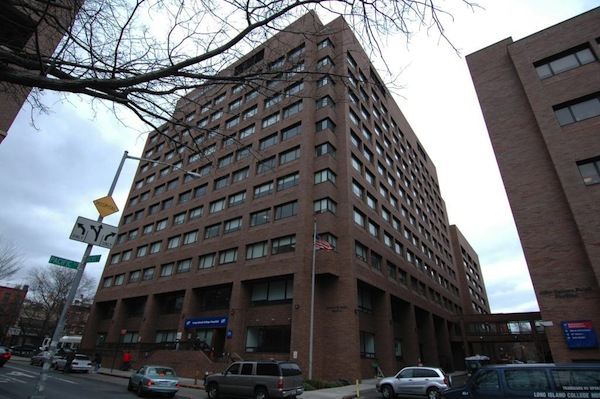Gov. Cuomo’s Brooklyn for-profit hospital proposal worries hospital workers and local reps

Doctors, nurses and staff of Brooklyn’s ailing Long Island College Hospital (SUNY Downstate at LICH), and Interfaith Medical Center fear that Governor Andrew Cuomo is planning to close one or both hospitals and replace them with a for-profit hospital, something that has never been allowed in New York State before.
Supporters and residents of Bedford Stuyvesant rallied in front of the Governor’s office in mid-Manhattan on Monday to protest what they see as a done deal.
“The governor and real estate developers are pushing an experimental for-profit healthcare pilot program,” Linda O’Neill, an RN at LICH said in a statement. “Brooklyn patients are their guinea pigs.” The statement issued by rallying RNs blamed the financial crisis facing LICH and Interfaith in part “to gross financial mismanagement of private consulting firms.”